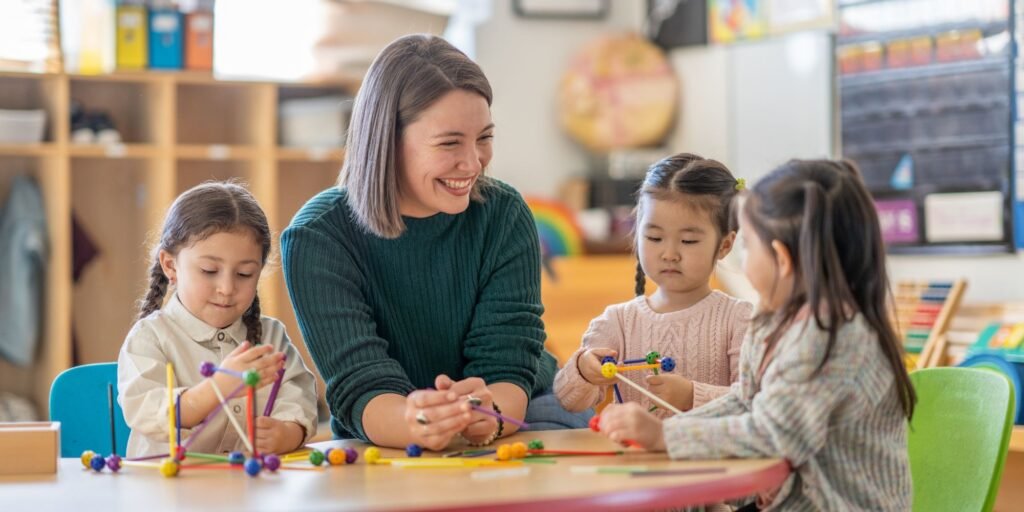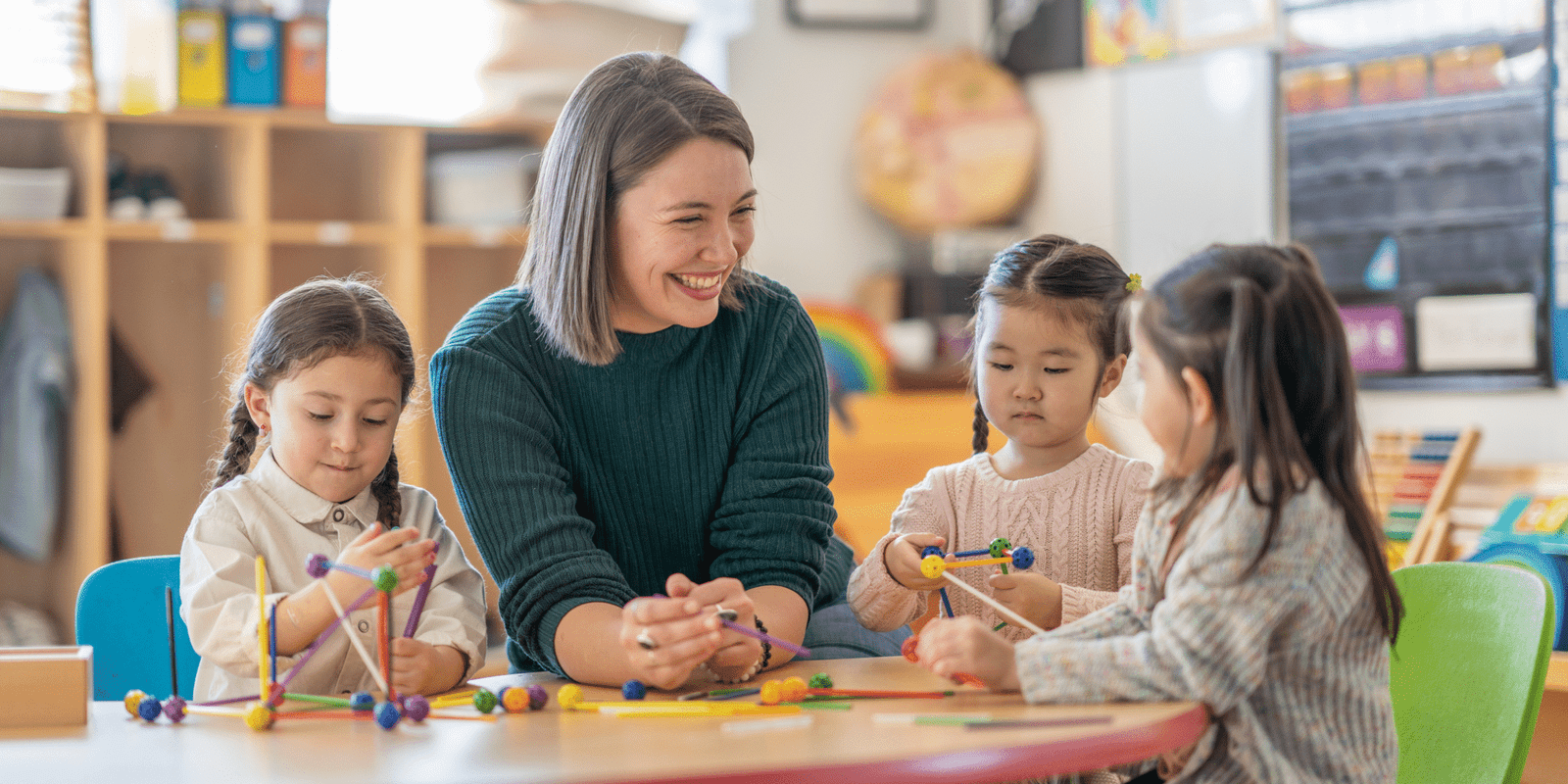In today’s modern education landscape, terms like curriculum, assessment, and technology often dominate the conversation. However, one aspect that is frequently overlooked—but is absolutely fundamental to the learning process—is the feeling of being “seen” and valued by adults in the school environment, especially by teachers. As the late Rita Pierson, an educator and inspiring speaker, once said:
“Every child deserves a champion—an adult who will never give up on them, who understands the power of connection, and who insists that they become the best that they can possibly be.”
A national survey conducted by Gallup and the Walton Family Foundation (2024) found that the majority of Gen Z high school students feel they have at least one teacher who serves as a key supporter at school. This finding highlights that the emotional bond between teachers and students is not merely a complementary element in education—it is a critical and strategic one.
According to Laura Weaver and Mark Wilding, authors of The Five Dimensions of Engaged Teaching, students who feel safe, valued, and supported are more open to expressing themselves and learning effectively.
When students feel known and accepted, they become more motivated to learn, more willing to take academic and social risks, and more capable of developing empathy and making positive contributions to the classroom and beyond.
In contrast, students who lack emotional connections at school are at greater risk of facing behavioral problems, dropping out of school early, and suffering from poor mental health.
Data from the National Dropout Prevention Center show that strong relationships with teachers are one of the key protective factors against students’ tendency to drop out.
At Cold Springs Middle School, teachers don’t just assess students academically—they also actively try to understand students’ personal connection status at school. They use a check mark system on student rosters to indicate whether they know the student by name and face (“Name/Face”), are aware of their academic performance, and whether a personal connection has been formed (“Something Personal”).
This process serves as an important reflection for teachers: Do we truly know our students? Chris Ewald, a 7th-grade teacher, admitted that while he might recognize students’ faces and names, he often knows nothing about their personal or academic situations. This is why building personal relationships is so essential.

To create a healthy and supportive school environment, schools can take various steps to ensure that every student has access to a caring adult, such as:
- Homeroom and advisory programs.
These provide small, focused spaces where students regularly interact with a mentor teacher. - Lunch groups.
Informal activities that offer a safe space for building social and emotional connections. - Meaningful extracurriculars.
Sports teams or community projects help strengthen self-identity and cooperation. - After-school clubs.
These offer a platform for expression and community for students with diverse interests.
These initiatives help ensure that no student feels alone, invisible, or neglected within the school environment.
Linda Darling-Hammond, former CEO of the Learning Policy Institute, stated that emotion and learning are deeply intertwined. When students feel known and appreciated by someone at school, they are more likely to view education positively, feel safe to ask questions, share opinions, and learn from mistakes—ultimately leading to better academic performance.
Positive emotional relationships also open up “broader learning opportunities.” Not just in academics, but in developing social and emotional skills such as empathy, collaboration, and resilience.
In the midst of a global youth mental health crisis, 2023 CDC data from the U.S. reported that over 40% of teens experienced feelings of hopelessness and sadness in the past two years. In Indonesia, a UNICEF 2022 survey revealed that one in three children said they had no one to talk to when stressed.
In this context, teachers who are emotionally present can become “silent saviors” for their students. It doesn’t take grand gestures—sometimes, simply remembering a student’s name, sincerely greeting them, or asking how they’re doing can make a world of difference.
As we strive to create high-quality education, we must not forget the most human foundation of learning: relationships. The personal connection between teachers and students is not just a curriculum accessory—it is the main bridge toward meaningful, inclusive, and lasting learning.
When students feel seen, known, and valued, they won’t just learn better—they will grow into the best version of themselves. And isn’t that the ultimate goal of education?


Leave a Reply